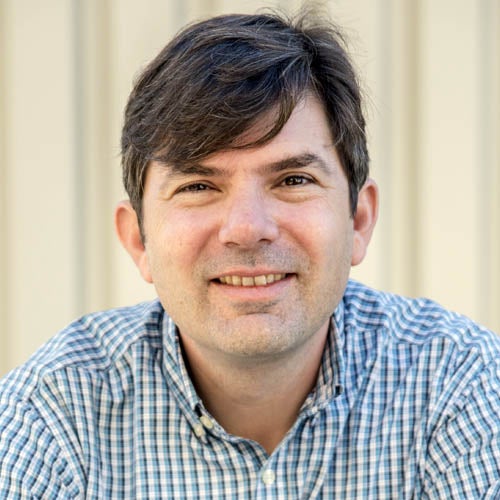Our lab focuses on solving challenging problems relevant to environmental and energy systems using the tools of applied geophysics. We seek to advance seismic acquisition and monitoring approaches to help constrain the dynamics of subsurface fluid flow, fracture mechanics, stress perturbations, and phase changes. A central theme of our work is using seismology to solve generational problems at the interface between human activity and the subsurface, mainly CO2 mitigation and energy production in a carbon-constrained world, management of scarce water resources, and understanding the impact of climate change on subsurface systems including permafrost stability and the weathering cycle.
Tools & Techniques
We attack these problems using a diverse set of techniques, but recently have been working on the utilization of distributed fiber optic sensing methods, particularly distributes acoustic sensing (DAS), to allow for dense large aperture seismic recording. One new component of this work is leveraging unused components of the telecommunications infrastructure (“dark fiber”) as sensors for seismic acquisition. We are also interested in permanent seismic sources, in boreholes and on the surface, to allow for timelapse imaging with short repeat times (seconds to minutes) and high sensitivity. When no active source is available, we work on utilizing ambient seismic wavefield (i.e. noise) for imaging applications. Beyond acquisition, we have a keen interest in better understanding the seismic properties of rocks, particularly the role of fractures, cracks, and ice in controlling seismic velocity and attenuation.

